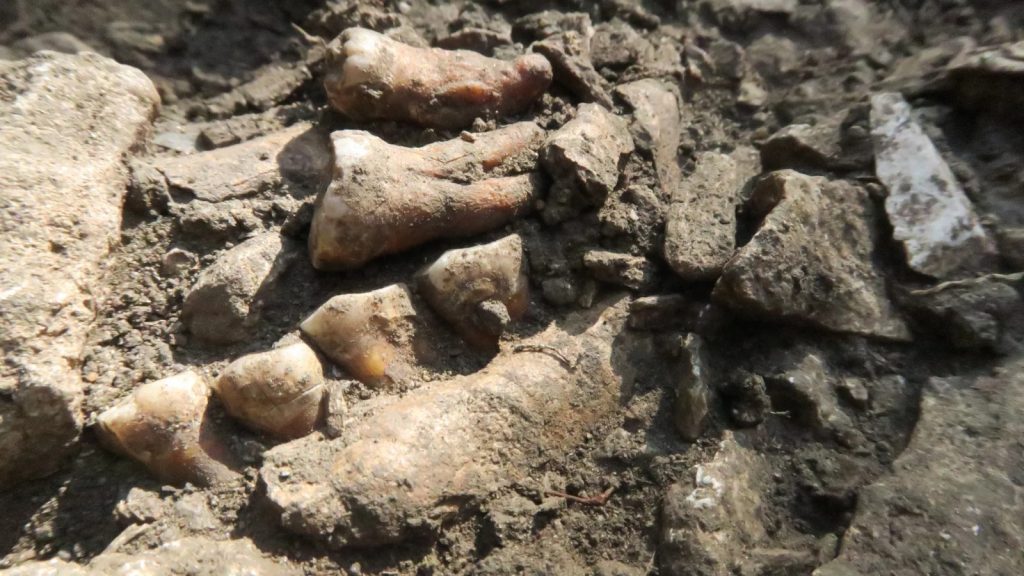A newly analyzed DNA sequence from a Neanderthal specimen, nicknamed “Thorin,” reveals an isolated lineage that persisted for 50,000 years, according to a study published in the journal Cell Genomics. Thorin, discovered in 2015 at the Grotte Mandrin rock shelter in the Rhône River valley of southern France, is believed to have lived as recently as 42,000 years ago, making him one of the last known Neanderthals.
The research, led by Ludovic Slimak of the Center for Anthropobiology and Genomics of Toulouse, France, indicates that Thorin belonged to a distinct group of Neanderthals who remained genetically isolated despite the presence of other Neanderthal populations nearby. This discovery challenges previous assumptions about Neanderthal extinction and social organization.
Slimak’s initial hypothesis, proposed two decades ago, suggested that Neanderthals in the Rhône Valley were unique based on differences in their stone tools. The new genetic analysis confirms this theory, showing that Thorin’s population did not interbreed with other Neanderthal groups or modern humans.
Using a root from one of Thorin’s molars, the researchers determined his gender and generated a whole-genome sequence. The analysis revealed high genetic homozygosity, indicative of inbreeding, and no evidence of interbreeding with Homo sapiens. This suggests that Thorin’s group was small and isolated for an extended period.
The study employed various techniques, including radiocarbon dating and geological layer assessment, to estimate Thorin’s age between 52,000 and 42,000 years. Recent evidence from 2023 suggests that Thorin is more likely to be 42,000 years old, placing him among the last surviving Neanderthals.
“Everything must be rewritten about the greatest extinction in humanity and our understanding of this incredible process that will lead Homo sapiens to remain the only survival of humanity,” Slimak stated. “How can we imagine populations that lived for 50 millennia in isolation while they are only two weeks’ walk from each other? All processes need to be rethought.”
April Nowell, a Paleolithic archaeologist at the University of Victoria in Canada, noted that the study supports the hypothesis that small, socially isolated Neanderthal groups struggled to maintain viable populations. Omer Gokcumen, an evolutionary genomicist at the University at Buffalo, emphasized the significance of any hominin DNA from this time frame, as it adds to our understanding of Neanderthals’ final days.
The genetic and cultural isolation observed at the Grotte Mandrin rock shelter raises new questions about the social and ethological organization of Neanderthals, which may have contributed to their eventual extinction.











rüyada kurumuş gül görmek
Family Dollar This is my first time pay a quick visit at here and i am really happy to read everthing at one place
Lead Pipes in Iraq ElitePipe Factory is recognized as a trusted provider of lead pipes in Iraq. Despite the decline in use of lead pipes in modern applications due to health concerns, ElitePipe Factory maintains a legacy of supplying high-quality lead pipes for specific applications where they are still needed. Our commitment to reliability and excellence ensures that we offer products that meet the highest standards of performance. For information on our lead pipes and their applications, visit our website at ElitePipe Iraq.